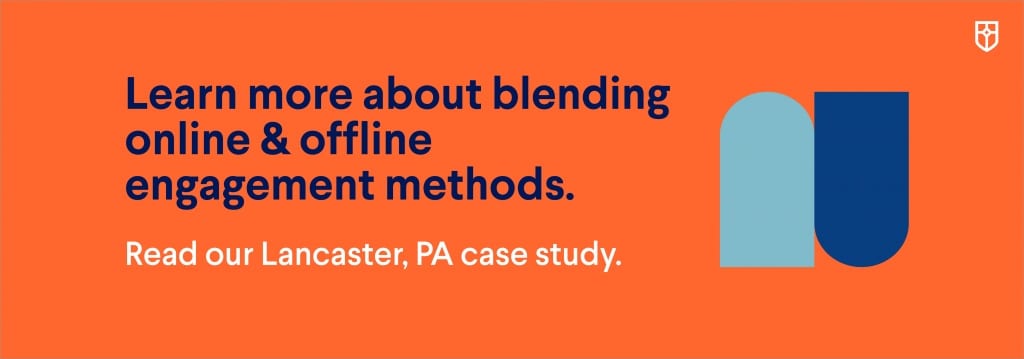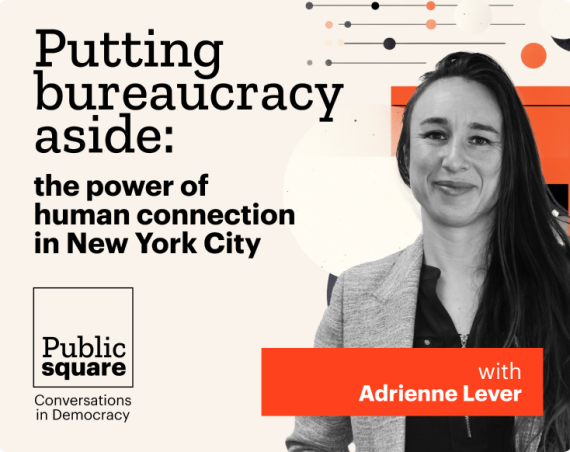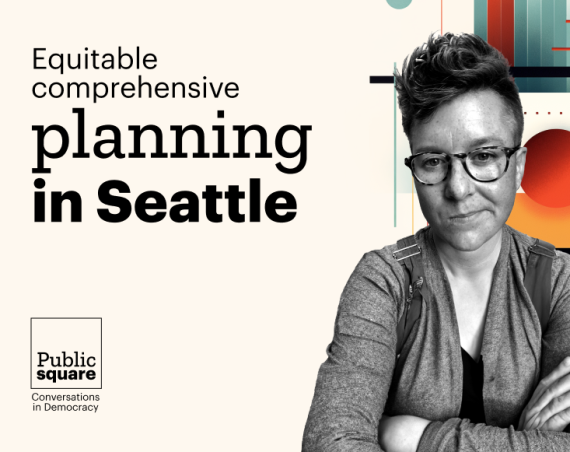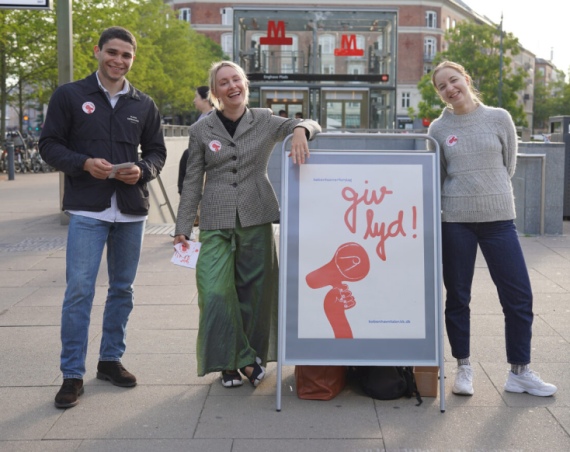For our latest webinar, we spoke with Milzy Carrasco, Director of Community Engagement for Lancaster, PA and Rebecca Woodbury, who runs The Department of Civic Things, to learn from their experiences combining online and offline community engagement methods. They shared several strategies for reaching traditionally under-heard groups and ensuring they have a say in city-wide participation initiatives.
Are you ready to reach more people, build trust, and make more strategic and equitable decisions?
5 tips for blended community engagement:
1. Consider your “why” and work from there
We know that giving people the ability to participate in local government is the right thing to do, but it’s also the smart thing to do. So, what are you trying to achieve by engaging more of your community members in upcoming projects? Perhaps the topic is contested but rather boring, like parking, and you need more people to give you feedback in an organized way. In San Rafael, CA, Rebecca and her team set up a pop-up workshop outside of a local art gallery one evening.
After navigating parking in the busy downtown area to go to the art gallery’s event, residents were more than happy to tell city officials what needed to change. By being present on-site where the issue arises, Rebecca was able to take something as boring as parking and get people to share ideas for improvements. Providing residents with a link to an online engagement hub was one method of getting them to participate, but her team also offered the option of writing feedback on a post-it note on-site which was later uploaded online alongside other inputs.
2. Don’t ignore the digital divide
It takes a fair amount of resources to participate in the digital age, and the digital divide can really hinder one’s ability to engage. Of course, there’s a need for an internet connection itself, but there is also the issue of its availability, affordability, and speed. Then there’s the question of which devices people need – and the number of devices needed in a household. While one shared computer may have been enough in the past, with students undertaking virtual school and many of their parents working from home in the past year, resources were stretched. Finally, there are the skills needed to understand how devices and applications work – can one navigate the tools they need, understand how to protect their privacy, and find information online? Digital literacy isn’t just about putting the onus on the user, but also on design. So, go beyond the basics of the digital divide before you launch your next project and consider: are your services easy to use, understand, and access?
“The pandemic forced us to not look away anymore. Governments can’t leave people behind, and the pandemic showed that we need our governments to catch up to the 21st century with digital tools.”
Rebecca Woodbury, the Department of Civic Things
3. Work in collaboration across your community
With so many issues to address, it’s important to understand where to focus your resources as you take on a blended approach to community engagement. Nonprofits, schools, government agencies, and community volunteers can all be mobilized to inform and support your efforts. Let these stakeholders help you design your process. For instance, when Rebecca’s team engaged community members in San Rafael, they pointed the city’s team towards incorporating visuals in place of text on some surveys to make them more accessible and also suggested engaging residents in line at the food bank to get their feedback manually. When you start, you’ll find that some of the data you’re collecting points to ways your process can be improved – don’t wait until the end of a project to take that into account, try to readjust as you go. By working in collaboration across your community, you’ll be able to more easily couple “boots on the ground” with your online participation options, helping you get more representative data in the long run.
4. Your work should be data-driven, and your data should be experience driven
By inviting those with lived experiences to drive your work, your community engagement efforts will better reflect the assets and needs in your community. Start by engaging community-based organizations as your project co-designers, and work with them as your community’s trusted leaders to find out which topics are most important to your residents. By doing this in Lancaster, PA, Milzy and her team learned that residents wanted to know more about two main things: 1) how to access services in local government and 2) how to engage with their neighbors. As a result, the city was able to focus time and resources on developing two programs to address those needs. The first program, the Neighborhood Leaders Academy, taught students and adults (including a cohort for resettled refugees) civic engagement to better understand how local government operates. The second program, Love Your Block, launched right before the pandemic so they convened residents digitally under the slogan “Building Community Despite the Distance”. The City asked residents to identify community concerns and propose solutions; they then allocated 42 mini-grants of $500 to the top initiatives. These included pandemic-driven projects to provide food for neighbors, an artist creating coloring books for kids, and another artist who did a series of “porch portraits” to capture people’s lives during the pandemic.
5. Be agile and responsive
Prior to COVID-19, Lancaster hosted five town hall meetings, and the team was working on a divisive community issue that was a big priority: policing. They wanted to carry what they had been hearing into the City’s strategic planning, which would continue virtually, especially as their city was experiencing a lot of activism against police brutality. During the protests, City leaders posted huge billboards by a major police station with questions from the community, and police officers responded to those questions.
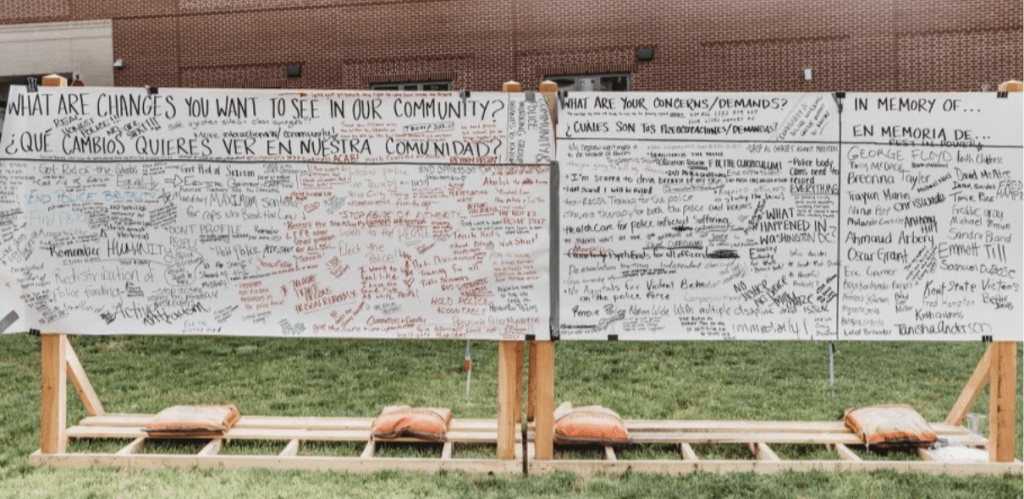
By humanizing the questions and response, they were fostering dialogue in-person, despite social distancing, which also continued on their online platform where they were promoting conversations on policing and the recruitment of a new Chief of Police. There are many opportunities to humanize city hall and increase transparency. Consider setting up a booth at your local park or farmers market so that people can interact with you more casually. This will enable you to have tough conversations from a place of trust, and will get your residents more motivated to participate in projects.
Engage your community online and with in-person participation
As the well-known Chinese proverb says: “The best time to plant a tree was 20 years ago. The second best time is now.” Launching inclusive community engagement projects that encourage online and in-person participation will help you make more equitable and strategic decisions and transform your community alongside your residents. With ARPA funding on the table, this is an opportune time to bring residents into the decision-making process and allocate stimulus spending strategically and effectively by aligning it with their needs.

